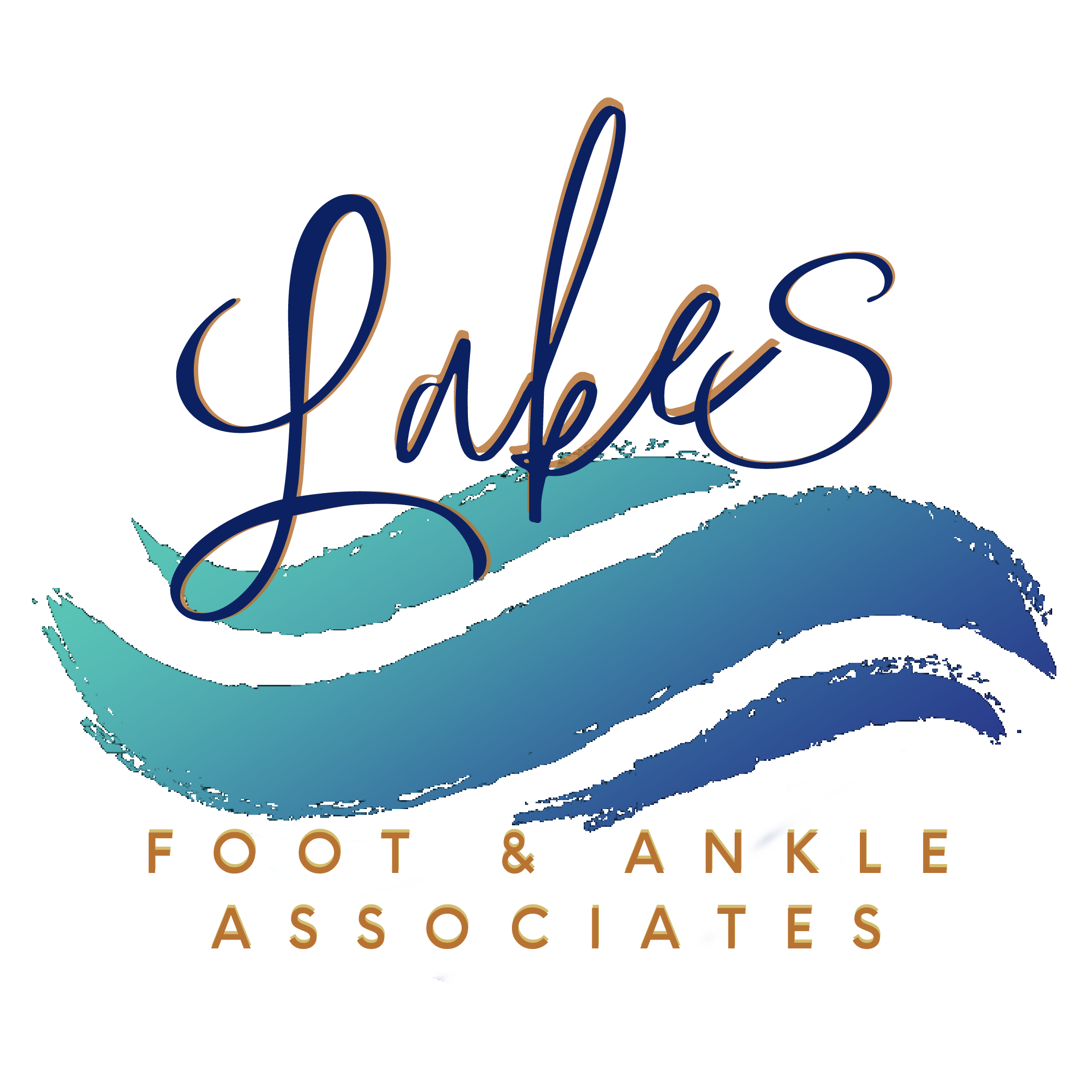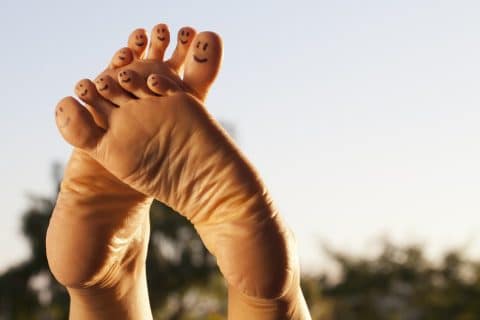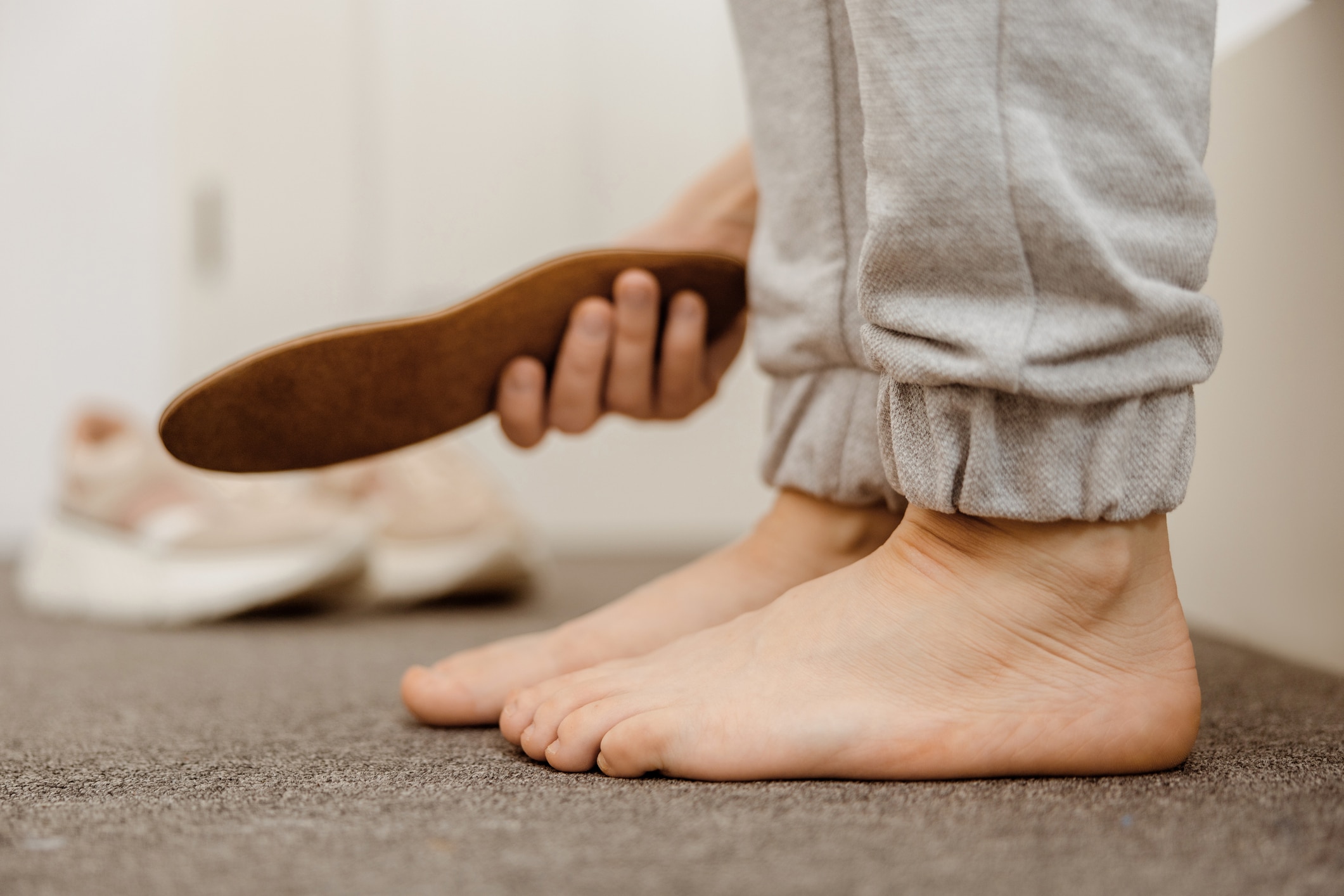Do you worry that you have “ugly” toes? It may seem like a silly question, but misaligned, crooked, and stiff toes can actually be a sign of deeper problems that go beyond appearance alone. Many Americans suffer from toe deformities like hammertoe, hallux limitus (stiff big toe), and bunions—and in all cases, the first signs of a problem could be in how your toes look.
Left untreated, these issues can become very painful and limiting. We may change the way we walk to avoid putting pressure on certain parts of our feet, which can throw the biomechanics of our whole body out of alignment. We may even avoid getting up and moving altogether, which can have a whole host of negative effects on our lives, both mental and physical.
At Lakes Foot & Ankle Associates, we’ve seen it all, and we’re here to help! Let’s dive into the most common foot deformities we see in our practice so you can understand the differences between them, the causes, and the treatment options.
Hammertoe, Claw Toe, & Mallet Toe
These conditions are often confused because they’re very similar. They each present as an abnormal bend in one or more of your toes, along with symptoms of pain, stiffness, redness, or swelling.
- Hammertoe: occurs in the middle (or inner) joint of one of your toes.
- Mallet toe: affects the joint nearest to your toenail
- Claw toe: when both the joint near your toenail and the middle joint are affected
When the muscles and tendons responsible for holding your toe straight weaken, they leave you vulnerable to these conditions. Your natural foot structure could be responsible, but ill-fitting shoes are also major contributors. Other risk factors include:
- Certain chronic diseases, such as arthritis and diabetes
- Previous injury or nerve damage to the toes
- Having a second toe that is longer than your big toe
Treatment Options
Without treatment, hammertoe, mallet toe, and claw toe deformities may continue to worsen and could lead to a permanent deformity. The earlier you visit your podiatrist, the better your chances of avoiding more serious treatments like surgery! We often recommend conservative measures like toe splints and orthotic inserts to start, along with changing your footwear. Only in the most severe cases is surgery necessary.
Hallux Limitus & Hallux Rigidus
Hallux is the medical term for your big toe. Limitus means limited—this condition causes pain and stiffness in the joint at the base of your big toe which limits your ability to move it. Rigidus is the progression of untreated hallux limitus. At this point, the cartilage in your toe becomes worn down to the point where you can’t move it at all.
Our big toes play a big role in our mobility, which this condition can seriously impact. The pain and stiffness could even change the way you walk over time, leading to arthritic joint changes or knee, hip, and back pain. Risk factors for developing hallux limitus/rigidus include:
- Injury to the toe (stubbing, breaking, etc.)
- Structural abnormalities in your foot, such as low arches
- Inflammatory diseases such as rheumatoid arthritis
- Overuse of the big toe (common in highly active or athletic people)
Treatment
Ideally, you’ll want to treat hallux limitus before changes to the joint continue to advance into hallux rigidus. You may notice a theme here—the earlier you come to see us, the better your options and outcomes will be! Treatments include shoe modifications, steroid injections, anti-inflammatory medications, and custom orthotics. We have a number of options to try before surgical intervention.
Bunions
The first sign of a bunion is a painful bump that develops at the base of your big toe, on the inside of your foot. It may be swollen and red. Without treatment, your big toe will shift toward your other toes, making it painful to walk or wear shoes. In the worst cases, the big toe can angle over or under the second toe.
Bunions start small and can gradually worsen. You might think of the misalignment process almost like a grain of sand becoming a pearl—poor biomechanics slowly cause the bone to become unstable, the joint becomes misaligned, and the foot develops a bony prominence due to this shift.
When this same process occurs on the outside of the foot, next to your pinkie toe joint, we call it a bunionette or tailor’s bunion. These conditions can be caused by:
- Wearing tight, narrow shoes (especially high heels)
- The structure of your foot (a genetic predisposition)
- Joint conditions such as rheumatoid arthritis
- Activities that involve prolonged pressure on the foot
Treatment
Many bunions can be treated with conservative interventions: changes in footwear, custom orthotics, and padding. But sometimes, surgery may be the only option. Thankfully, our surgeons are highly trained in the latest bunion reconstruction techniques to give you the best possible recovery time with the fewest risks for complications and reoccurrence.
For Any Foot Pain, Call Lakes Foot & Ankle Associates!
These aren’t the only reasons your toes might be in pain or look unusual. Proper treatment requires a proper diagnosis, and at Lakes Foot & Ankle Associates, we’ve got the tools and expertise to get to the root of the problem. With advanced diagnostic testing methods, including digital x-rays and biomechanical assessments, our compassionate podiatrists are here to help you feel steady on your feet again.
Your Expert Podiatrists in Commerce Township, MI
If you’ve noticed a change in your foot’s appearance or your comfort level, call Lakes Foot & Ankle Associates! Don’t let fear hold you back from getting the treatment you need. Our team is made of experts who truly care about our patients—we’ll do everything in our power to get your feet back to normal function and appearance with your comfort & wellbeing at heart. Call 248-360-3888 or reach out online to schedule your appointment!
| Monday | 8:30am – 5:00pm |
| Tuesday | 9:00am – 5:00pm |
| Wednesday | 8:30am – 5:00pm |
| Thursday | 9:00am – 6:00pm |
| Friday | 7:30 am – 4:00pm |
| Saturday | – Closed – |
| Sunday | – Closed – |



